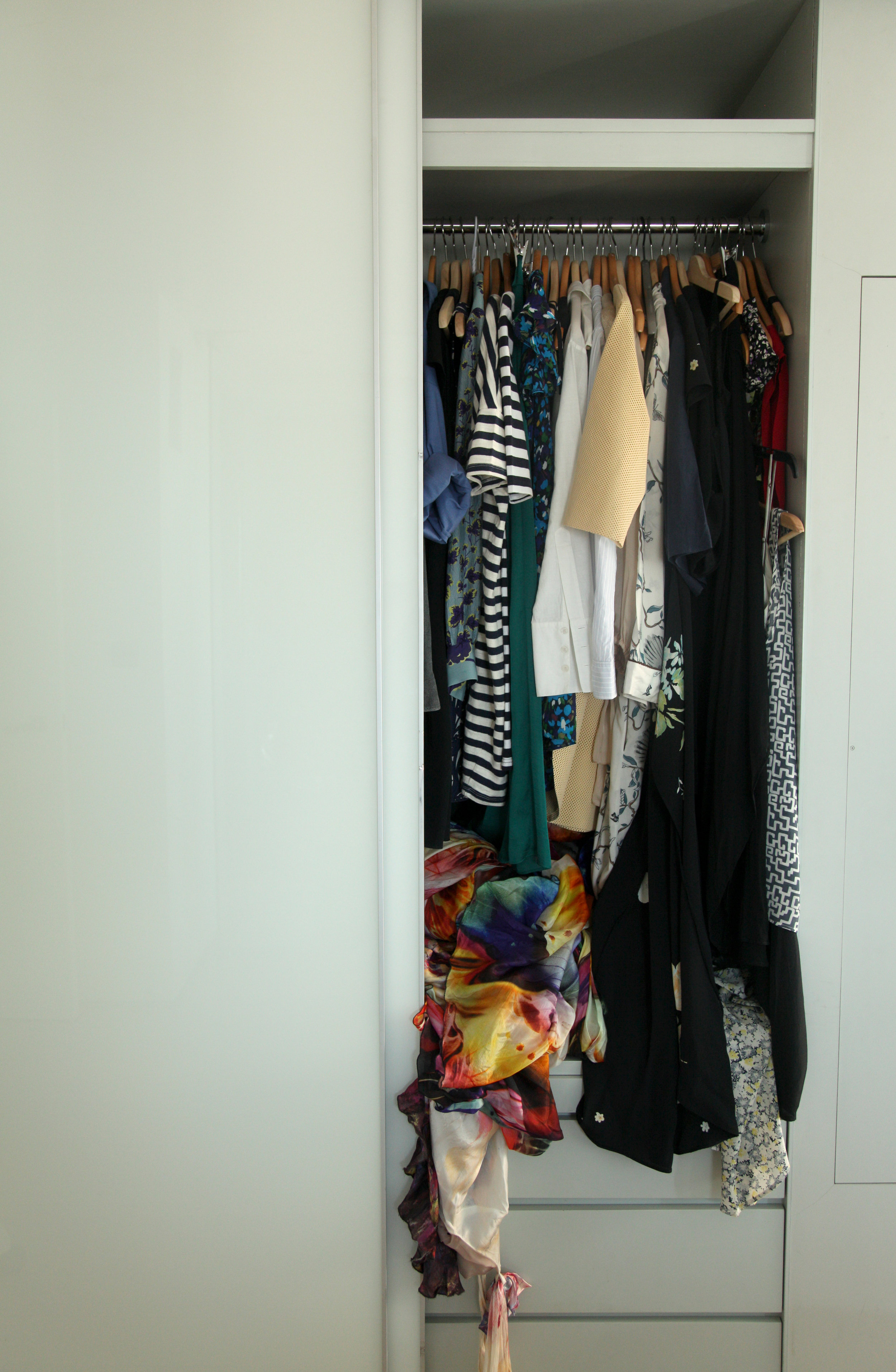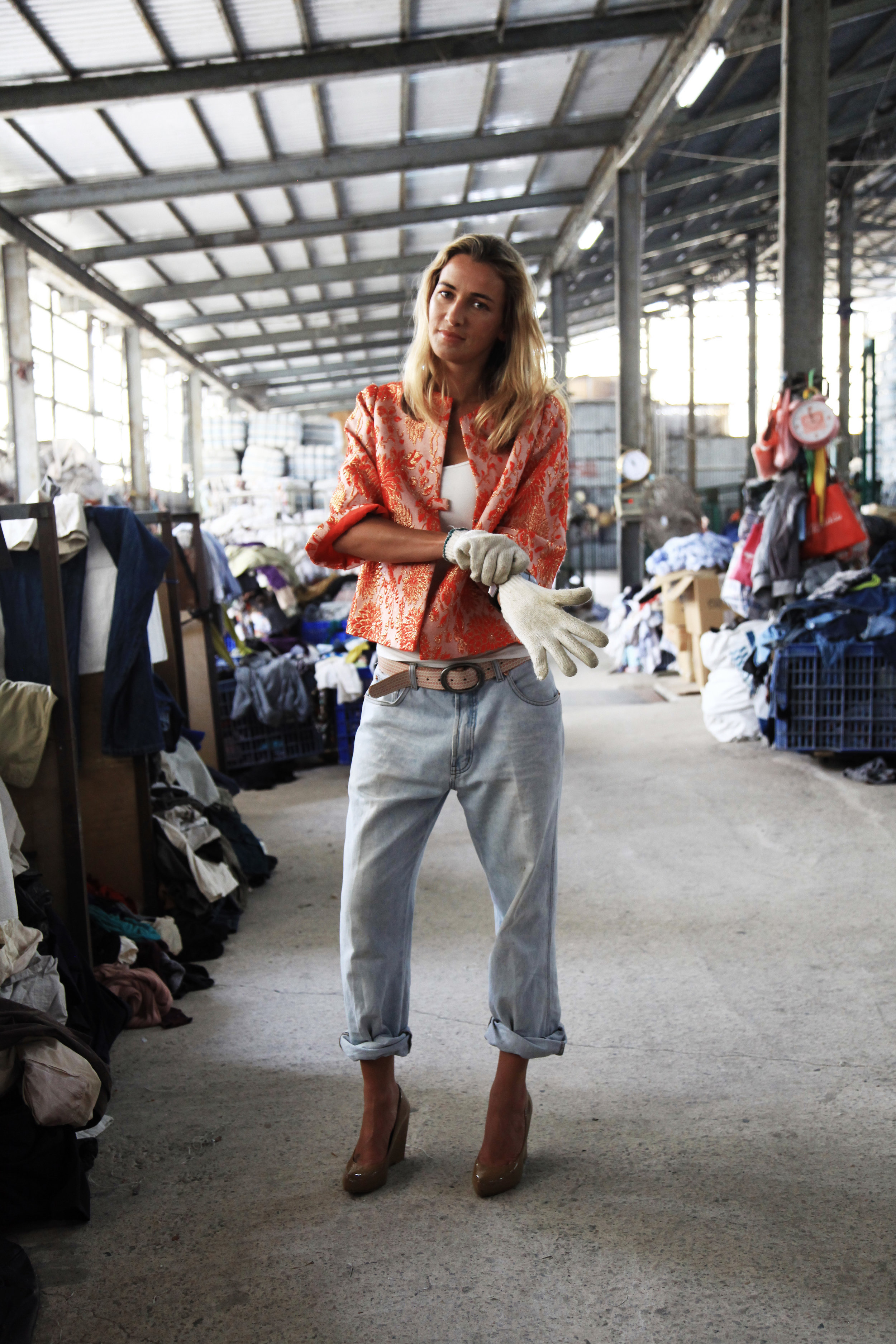ABOUT
REDRESS IT, DON'T BIN IT
The Get Redressed Challenge was a one-year consumer challenge held throughout 2014 featuring inspiring sustainable fashion outfits worn by people around the world. The challenge informed consumers about the positive impacts their clothing choices, consumer care and wardrobe management can have on the environment and promoted the ‘Redress it, don’t bin it’ concept.
Throughout the year we covered 12 monthly sustainable fashion themes, including little black dress, swapping, DIY, on trend, laundry care, restyling, repair and reconstruction, providing consumers with a monthly challenge sheet and ideas and information to prolong their clothing’s lifespan. The impacts of this are vast. It is estimated that extending the average life of clothes by just nine months in the UK alone would save £5 billion in resources used to supply, launder and dispose of clothing (Valuing our Clothes, WRAP 2012).
A variety of fashion leaders, sustainability icons, high-profile personalities and everyday people fronted the challenge in order to spread the appeal and increase the impact of sustainable wardrobes. We shared outfits and inspirations with our followers and encouraged them to ‘Get Redressed’.
The Get Redressed Challenge 2014 built on The 365 Challenge 2013, which was solely fronted by Redress’ Founder, Christina Dean.
WHY GET REDRESSED?
It is thought that fashion consumption has increased approximately 60 percent over the past 10 years. With this, we have witnessed a general increase in clothing waste rates entering landfill. Globally, 7.5 billion garments enter landfills every year. In Hong Kong in 2011, 217 tonnes of textiles were dumped into our three landfills every day. In the UK, an estimated 350,000 tonnes, goes to landfill every year, an estimated £140 million worth of used clothing.
The environmental impact of landfilled clothes is detrimental because not all clothes are biodegradable. This adds pressure to landfills and results in the emission of a climate-change-inducing cocktail of chemicals.
Meanwhile, almost 100% of textiles are recyclable. They can be restyled, repaired and reconstructed in a multitude of creative, fashionable and cost-saving ways. Finally, clothes can be recycled, up-cycled or downcycled to give them a ‘new’ life, rather than being landfilled, which reduces pressure on virgin resources and landfill sites.
The importance of keeping our pre-existing clothes for longer and choosing secondhand clothes provides positive environmental savings. For example, 1kg of re-used secondhand clothing instead of buying new can reduce up to 3.6kg of CO2 emissions, 6,000 litres of water, 0.3kg of fertilisers and 0.2kg of pesticides (University of Copenhagen, 2008).
ROUND-UP OF THE YEAR
Check out our 2013 style sheets to be further inspired.
















